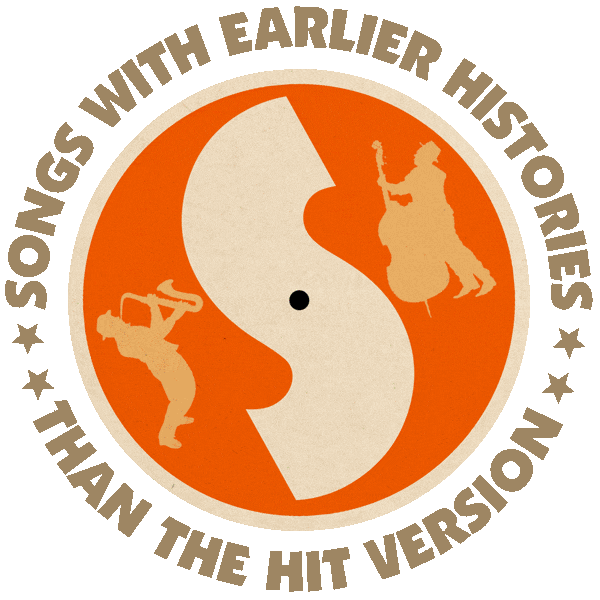Written and originally recorded by Steve Young (1969).
Also recorded by Steve Young (1972), Ian Matthews (1973).
Hit version by Eagles (US #21 1980).
From the wiki: “Steve Young was inspired to eventually write ‘Seven Bridges Road’ during a sojourn in Montgomery, Alabama in the early 1960s: according to Young ‘a group of friends…showed me [a] road [that] led out of town…after you had crossed seven bridges you found yourself out in the country on a dirt road. Spanish moss hung in the trees and there were old farms with old fences and graveyards and churches and streams. A high bank dirt road with trees. It seemed like a Disney fantasy at times.’
“When Young approached a Hollywood-based music publisher in 1969 with ‘Seven Bridges Road’ he was advised the song ‘wasn’t commercial enough.’ and ‘Seven Bridges Road’ was not originally intended for inclusion on the Rock Salt & Nails album. However, in Young’s words: ‘One day we ran out of songs to record [for Rock Salt & Nails] in the studio … I started playing ‘Seven Bridges Road’. Producer Tony LiPuma responded with ‘You know I don’t want to hear original stuff.’ But, guitarist James Burton said: ‘Hey this song sounds good and it is ready, let’s put it down.’

